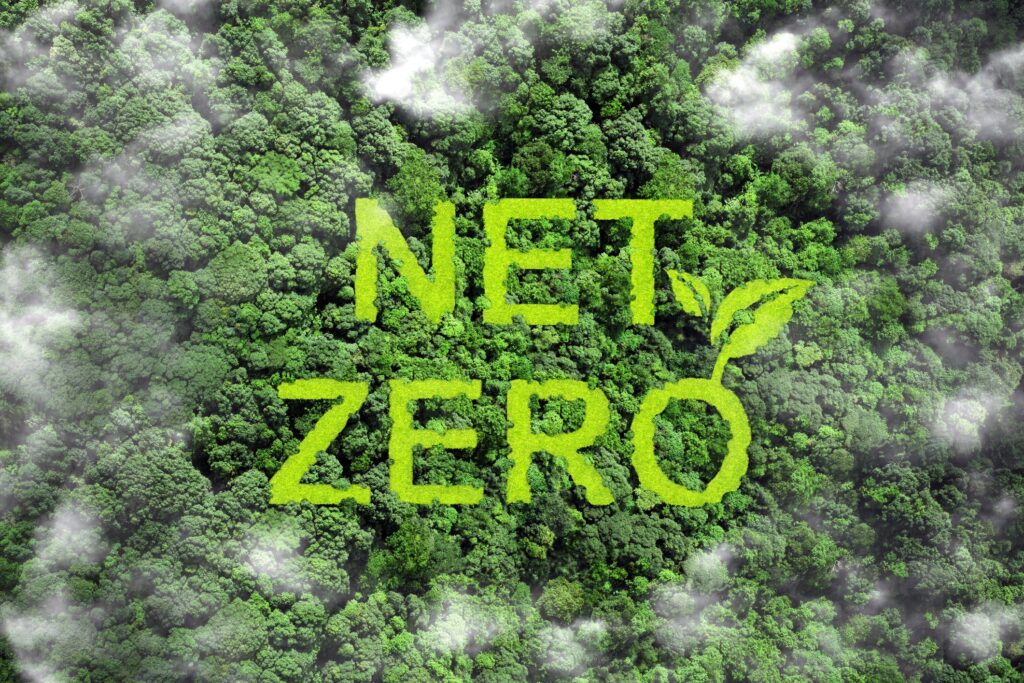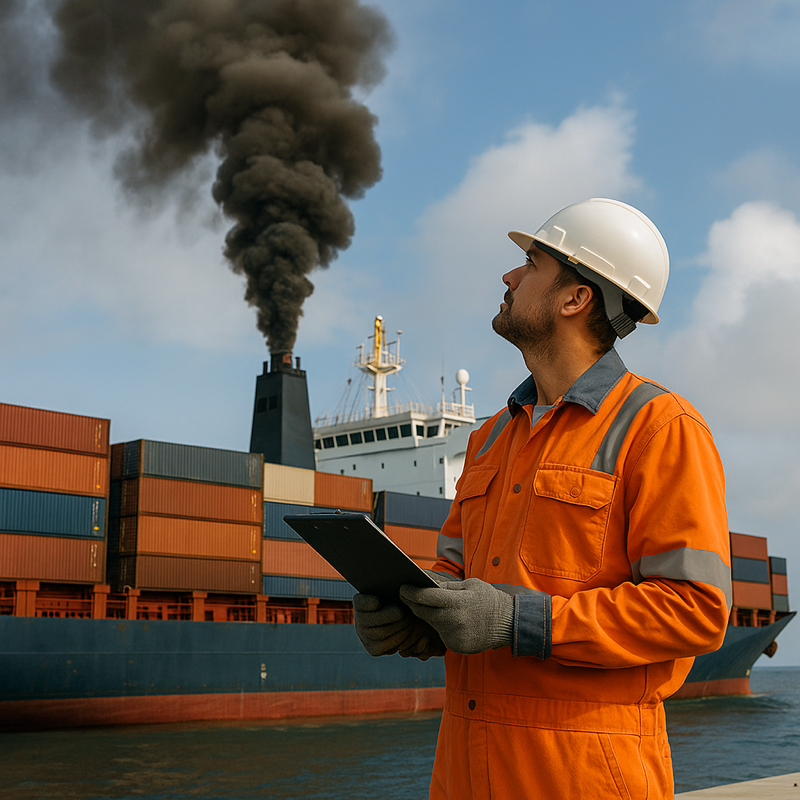Fifty-seven percent of consumers taking part in a global BCG survey reported that the next time they are on the market for a new passenger vehicle or home appliance, they would “definitely” or “probably” consider net zero production. There is a definite interest from consumers in sustainability and even a willingness to pay more — according to the survey, 88% of respondents were willing to pay a green premium of 0.4% or more for net zero production.
Consumers — as well as regulators — are putting pressure on businesses to reduce supply chain carbon emissions. Most recognize this is the right path for the long-term benefit of our planet, but taking steps down that path is often easier said than done. When goals like “carbon zero” are the ideal, it can be difficult to know where to start.
Following three critical steps, businesses can get from where they are now to carbon zero through supply chain decarbonization. It takes a concerted effort, but with the right roadmap, data, and tools in place, any business can have a positive impact by reducing its supply chain emissions.
From Carbon Footprint to Carbon Zero: Lowering Supply Chain Emissions
A business’s carbon footprint is its impact on the environment quantified in terms of carbon released into the atmosphere. A business’s net carbon emissions activity can be visualized like a set of scales, where one side is for the emissions produced, and the other side is for emissions removed or prevented. This can come in the form of programs like carbon offsetting, low carbon fuel initiatives, or alternative fuel credits.
Carbon offsetting projects give businesses a way to invest in positive impacts on the environment, like reforestation, even if it is unrelated to their core business. However, the benefit of alternatives like fuel credits is they give companies a more tangible credit option related to the emissions of their own supply chain.
Businesses report the carbon credits, fuel credits, or other programs they’ve invested in to counterbalance their carbon emissions. The goal is to get the two sides of the scale to equal.
However, even if the scales balance, it is vital to consider how much “weight” is on the carbon emissions output side. If a business has a massive amount of carbon emissions produced on one side of the scale and they balance it with an equal amount of carbon offsets, is this really the same as a business producing a comparatively small amount of emissions and purchasing a small amount of carbon offsets to balance? Both businesses achieve balanced carbon neutrality, but likely, the first business didn’t strive for carbon zero.
Operating at carbon zero, or net zero, requires that businesses first reduce the amount of carbon emissions they produce as much as possible, so they have less to counter-balance with carbon offsets. By aiming for carbon zero over carbon neutrality, the world can loosen its reliance on carbon offsets — which have limitations and uncertainties and can create a false sense of security — and can instead make the most of every opportunity to benefit the environment as much as possible.
Three Steps from Carbon Footprint to Carbon Zero
While the distinction of aiming for carbon zero versus carbon neutrality adds a layer of complexity for businesses planning their courses of action, by following these three steps, they can set themselves up for success.
Step 1: Measure Your Current Carbon Footprint
No matter the business or the goals, step one is to ensure the accurate measurement of their current carbon footprint. This provides a baseline for identifying opportunities for improvement, setting realistic goals, and gaining insights for how they can be most effective as they take action. Businesses should lean on an established methodology like the GLEC (Global Logistics Emissions Council) Framework as they tackle carbon measurement and the entire process of reducing their carbon emissions.
Step 2: Implement Effective Emission Reduction Strategies
The details of the next step can be highly customized based on the business and what Step 1 revealed. They may focus their efforts on optimizing transportation routes, switching to more sustainable modes of transport, or using cleaner sources of energy. In this step, technology and analytics help businesses focus on continuous improvement toward the goal of meaningful progress.
Step 3: Offset Remaining Emissions and Achieve Carbon Neutrality
While continued carbon emission reduction efforts are underway, businesses should strategize and begin carbon offsetting to achieve carbon neutrality. Different reputable standards like the Gold Standard and Verified Carbon Standard (VCS) ensure offset projects are credible and result in real carbon reductions. As businesses make progress in reducing their emissions, they should regularly review and adjust their carbon-offsetting investments.
Turn to Greenabl: Your Ally for Practical Supply Chain Emissions Reduction
Greenabl provides reporting and analytics tools for businesses to manage and reduce their carbon footprint. Businesses can start with the accurate measurement of their supply chain carbon emissions with Greenabl’s customizable dashboards and, on the same platform, get connected to certified carbon offsetting programs, using Gold Standard and VERRA ratings.
Greenabl combines measurement, reduction, and offsetting in one platform to provide a holistic approach that addresses all aspects of supply chain sustainability. To get started on your journey of reducing supply chain carbon emissions with an expert to guide you along the way, contact Greenabl today.


